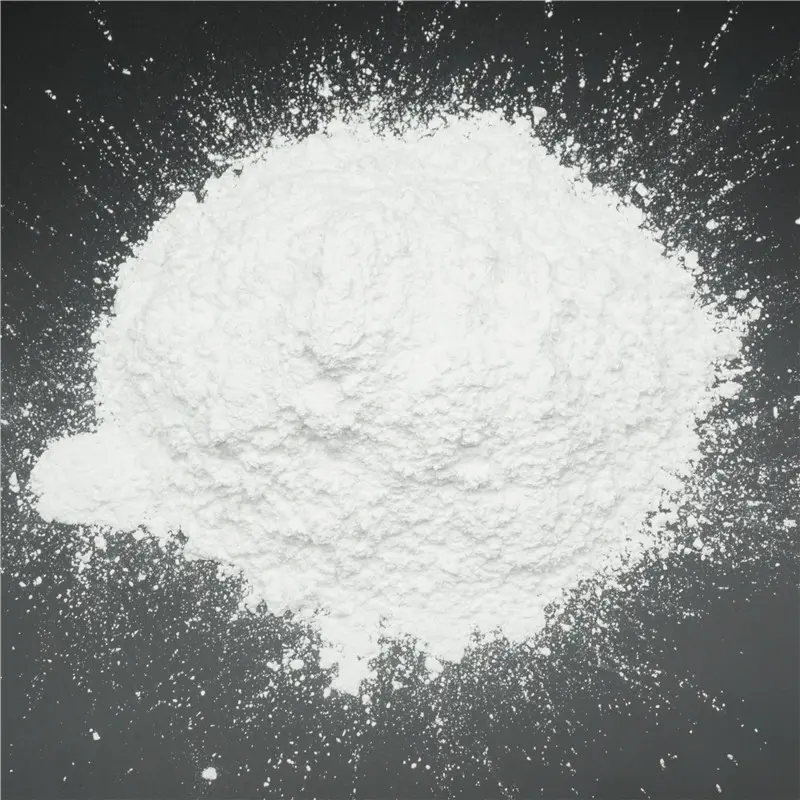Application and phase transition of different crystalline alumina

In the fields of mining, ceramics and materials science, aluminum oxide (chemical formula Al2O3), also known as bauxite, is an ionic compound with strong chemical bonds. It has excellent characteristics such as high hardness, high mechanical strength, chemical corrosion resistance, good wear resistance and good thermal conductivity. It is an important chemical raw material in industry.
There are two main ways of arranging the crystal structure of aluminum oxide: one is that the oxygen atoms are arranged in hexagonal stacking, and the other is that the oxygen atoms are arranged in cubic stacking.
(1) Properties and applications of α-Al2O3
α-Al2O3 is commonly known as corundum. α-Al2O3 is a white crystal and is the most common and stable type of alumina crystal. It belongs to the trigonal close-packed structure. In the α-Al2O3 crystal structure, oxygen ions are arranged in a hexagonal close-packed pattern, repeating in two layers of ABABAB… to form several octahedral shapes, while aluminum ions fill in the gaps between each octahedron.
Currently, α-Al2O3 is widely used in abrasive materials, refractory materials, integrated circuit substrates, and structural functional ceramics.
(2) Properties and applications of β-Al2O3
β-Al2O3 is actually an aluminate, which is a composite compound composed of metal oxides and aluminum oxide. Metal ions such as Na+ can diffuse rapidly in this plane layer, so β-Al2O3 crystals can conduct electricity and are an important type of solid electrolyte. Therefore, β-Al2O3 can be used to prepare solid electrolyte diaphragm materials in sodium-sulfur batteries, and can also play an important role in ion conduction and isolating the positive and negative electrodes of the battery.
(3) Properties and applications of γ-Al2O3
γ-Al2O3 is the most commonly used transition state aluminum oxide. It does not exist in nature. In its structure, oxygen ions can be approximated as cubic and closely packed, while aluminum ions are irregularly distributed in the octahedral and tetrahedral voids formed by oxygen ions, belonging to the spinel structure. The preparation process of γ-Al2O3 is relatively simple, and its formation temperature is relatively low, generally in the range of 500~700℃. γ-Al2O3 is insoluble in water but can usually be dissolved in acid or alkali.
Phase transformation of different crystalline alumina
Among different crystalline forms, only α-Al2O3 is a stable crystalline phase, and all other phases are transition phases, which are in a thermodynamically unstable state. As the temperature rises, unstable transitional alumina can be transformed into a stable phase, which is an irreversible transformation of lattice reconstruction.
To obtain stable α-Al2O3, perfect process control is required from the initial ore screening, powder synthesis to sintering. The preparation of high-temperature alumina at home and abroad usually uses industrial aluminum hydroxide or industrial alumina as raw materials, forms a transition phase through dehydration, and then undergoes multiple phase transformations at high temperature, and finally transforms into α-phase Al2O3.
Gibbsite (Al(OH)3) and boehmite (AlOOH) are the most commonly used precursors for the preparation of α-Al2O3. In the initial heat treatment process, aluminum hydroxide transforms into transitional alumina in the form of a metastable structure, and finally ends with the thermodynamically stable phase of α-Al2O3.
In industry, different calcination methods are usually used to transform the metastable phase γ-Al2O3 into the α-stable phase to prepare α-Al2O3 with different morphologies. α-Al2O3 with different morphologies can be produced by controlling different calcination temperatures, adding different types of additives, grinding methods, etc. Usually, α-Al2O3 crystals in various forms such as worm-like, flake-like, columnar, spherical, spherical, and fibrous are included.
With the rapid development of the ceramic industry, pharmaceutical industry, electronic industry and machinery industry, the market demand for alumina still has a lot of room for development, so the research on alumina is of profound significance. Understanding and mastering the crystal structure and properties of alumina is an important prerequisite for the preparation of alumina powder. Different crystalline forms of alumina have different application areas. α-Al2O3 is the most stable of all alumina forms. In production, different types of α-Al2O3 crystals are generally prepared by controlling the growth environment of α-Al2O3 crystals to meet the needs of ceramics, refractory materials and other new functional materials for different crystal microstructures of α-Al2O3.
